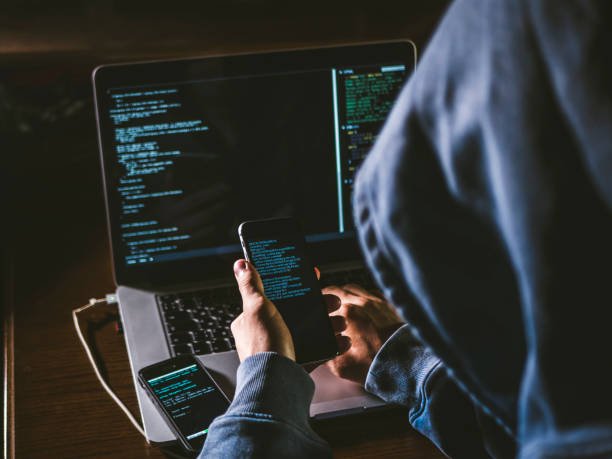A sweeping cyberespionage campaign tied to Chinese state-linked hackers has triggered alarm among U.S. intelligence and cybersecurity experts, with mobile devices of top government officials, journalists, tech professionals, and political figures increasingly coming under attack. The threat is no longer theoretical—experts say it’s active, sophisticated, and dangerously underestimated.
Researchers have traced a pattern of unexplained smartphone crashes beginning in late 2024 and persisting into 2025. The evidence points to an advanced zero-click exploit, capable of breaching devices without any user interaction—marking a dangerous evolution in cyberwarfare.
Silent Infiltration: Zero-Click Exploits Leave No Trace
The latest wave of attacks revealed a stealthy tactic: devices were compromised without victims clicking malicious links or opening suspicious files. According to iVerify, affected individuals were all tied to sectors of strategic interest to the Chinese government. Their findings suggest a zero-click vulnerability, potentially granting attackers full access to compromised devices—emails, texts, call logs, and encrypted messaging apps.
The U.S. government previously warned in December 2024 of a far-reaching Chinese operation targeting American communications. Members of Congress, including Rep. Raja Krishnamoorthi of Illinois, confirmed that attackers were able to intercept real-time phone calls and access messages.
FCRF x CERT-In Roll Out National Cyber Crisis Management Course to Prepare India’s Digital Defenders
Political Campaigns, Private Networks, and the Erosion of Trust
Among the most sensitive revelations: Chinese hackers allegedly sought access to mobile phones used by Donald Trump and his 2024 campaign running mate JD Vance. The White House later revealed that someone impersonating Trump’s chief of staff, Susie Wiles, sent text messages and made calls to governors and business leaders—hinting at data theft from her personal phone.
These incidents are compounded by poor digital hygiene at high levels of government. For instance, former National Security Advisor Mike Waltz mistakenly added a journalist to a secure Signal chat used for military discussions, while Secretary of Defense Pete Hegseth bypassed Pentagon safeguards to access Signal from an unapproved computer.
Experts warn these lapses provide an open door to foreign adversaries. “We just can’t share things willy-nilly,” said Syracuse University’s national security scholar Michael Williams. Despite access to secure communication platforms, officials are often lax in their use of consumer-grade apps and devices for critical communication.
Mobile Devices: National Security’s Soft Underbelly
Mobile phones have become central to modern life—used to trade stocks, operate infrastructure, and access classified systems. Yet the pace of their adoption has far outstripped security protocols. Most devices are secure by design, but vulnerabilities emerge through outdated apps, unregulated accessories, or poorly configured connected devices like smart speakers and fitness trackers.
To mitigate this, federal agencies recently introduced a “Cyber Trust Mark” for consumer devices that meet basic security standards. However, cybersecurity leaders argue that hardware and software safeguards alone are not enough—user behavior, policy enforcement, and secure development must also evolve.
Meanwhile, Chinese telecom firms—many under state control—still maintain infrastructure in the U.S., including cloud storage and routing systems. Lawmakers, including Rep. John Moolenaar, have raised concerns and issued subpoenas demanding transparency about these firms’ U.S. operations.


